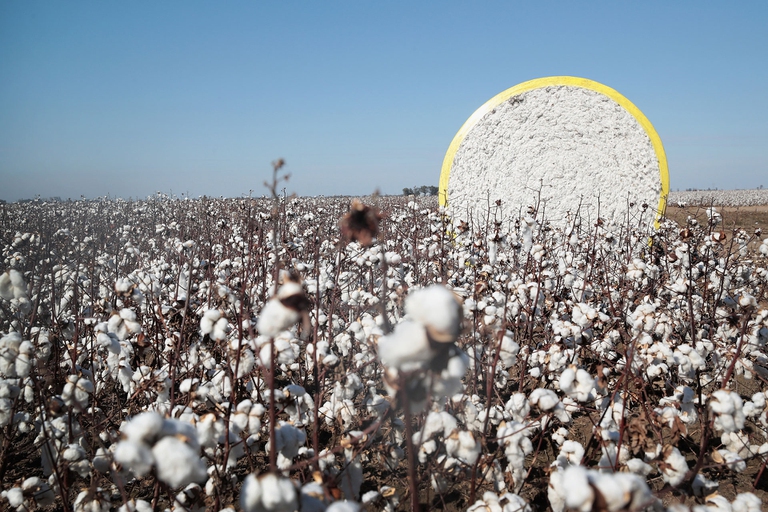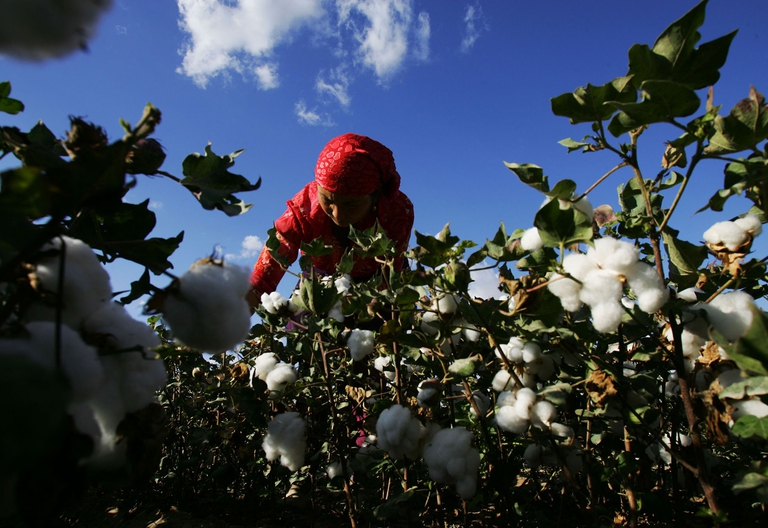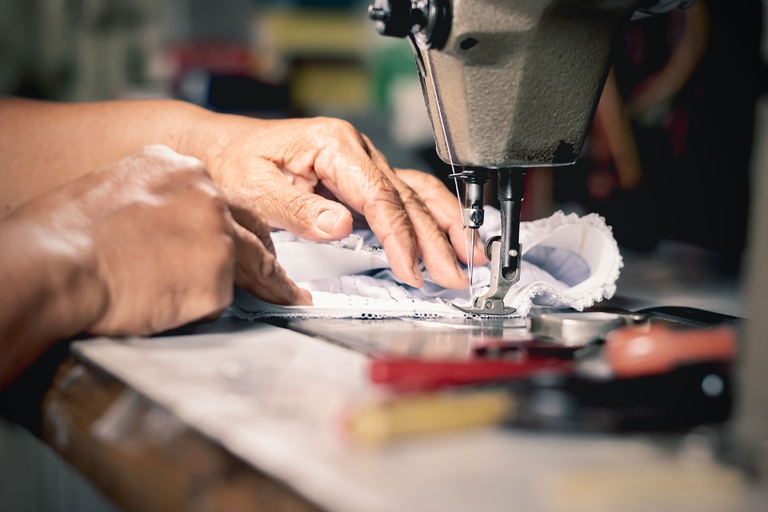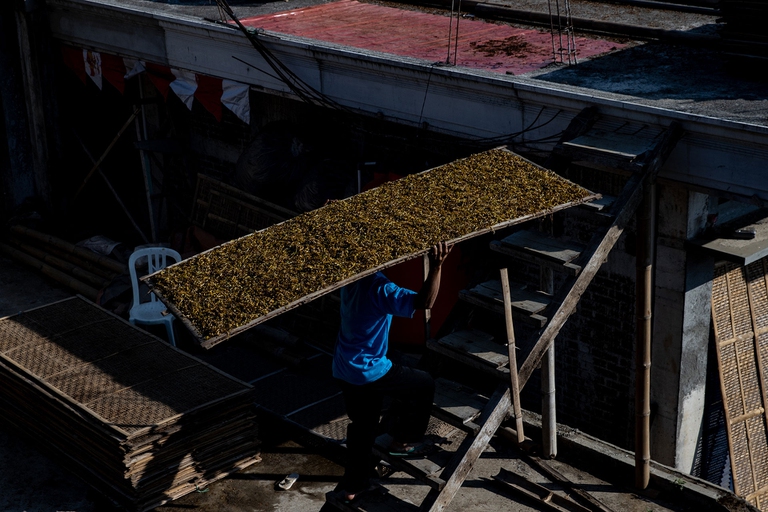https://www.lifegate.it/multinazionali-fashion-moda
- |
As I already have reported several times, the intrinsic limitations of the model Esg – Environmental, social and corporate governance, so fashionable in recent years, are evident to the eyes of any intellectually honest professional.A currently widespread opinion is that companies that have better positions in the ranking based on ESG metrics will obtain - for this reason alone - better returns for shareholders:this belief is simply wrong.Of course, as demonstrated by the famous work of Robert Eccles at Harvard, widely validated by further and subsequent scientific evidence, the introduction of character concerns ethical in business, at a strategic level, it benefits the profitability of companies;I also talked about it at length in one of the my latest monographs, and this truth has no longer been in question for years, at least in the academic field.The theme in any case is another, namely that the ESG indices are centered on a completely general look, divorced from the particular and the specific history and practices of the companies examined:in short, it is a real classificatory mania, yet another, typical of the Anglo-Saxon world.

The example I often cite is that of the environmental impact of a bank, which is not necessarily relevant to its economic performance:a correct policy containment of harmful emissions in the atmosphere it would get a high score on the Esg. indices, but would not significantly affect global carbon emissions;on the contrary, the issuing by the bank of subprime loans that customers will not be able to repay, or worse the marketing of toxic securities, could have devastating social and financial consequences, as the news of a few years ago demonstrated.Despite this, ESG reporting has given credit to banks for the first issue, and at the same time has culpably - or, worse, maliciously - neglected the second.
A possible response could be to stimulate institutions to apply what already exists sanctioning regime scheduled for non-financial statements in case of violations in the company accountability process. The current legislation provides for sanctions in these cases from 25 thousand to 150 thousand euros, depending on the case, but it seems to have never been actually applied, also because the lack of expertise of the relevant institutions is evident, in this case the Consob, which should carry out the assessment and imposition of sanctions, on the basis of checks carried out on a sample basis, on which, paradoxically, however, no public report exists, with the result that those who should monitor correct reporting do not themselves report.While waiting for the judiciary to find the necessary bite to enforce the law, and for the legislator to find good reasons to strengthen the regulatory apparatus, despite the questionable actions of lobby of entrepreneurs' trade organisations, committed behind the scenes to exert pressure, on the contrary, to consolidate the current one laissez-faire, the transgressions of the ethical and transparency pact that should bind companies and stakeholders are multiplying, amid general indifference.
The world of fashion:how to close your eyes and live happily
In a nice article published some time ago in the American magazine The Nation, Maria Hangeveld denounced how ethical certifications, especially in the world of fashion, and in particular of fast fashion, i.e. the sector of companies that produce clothing by quickly adapting to current fashions, are inspired by financial auditing, but strongly marketing-oriented:in fact, more than an evaluation and control tool, they are instead a goal to be achieved for the purposes of mere external communication, a certificate to "hang on the wall" and above all to be conveyed on social media and in press releases, despite the working conditions of the workers, along the supply chain, remain questionable at the very least.
Even the journalist Meta Krese he talked about it more recently in the American magazine In These Times, recalling how Burkina Faso is, for example, the most important producer and exporter of cotton in the entire African continent:two hundred thousand small farmers deliver seven hundred thousand tons of cotton to Sofitex, the Societé Burkinabé de fibers texiles, which ships them from the ports of Benin and the Ivory Coast to Asia, where they are processed and then resold - after packaging according to the guidelines of European and American companies, apparently very attentive to sustainability – to Western fast fashion brands such as H&M, Gap and Zara. Sofitex pays the farms a price of around 36 dollars for every kilo of cotton acquired, which translates into a salary of 360 dollars a year for the workers, about a dollar a day.Farmers try to use cotton seeds gmo, so as to reduce the use of pesticides a little, since the sprayers are always in terrible conditions and they are therefore forced to breathe poisonous substances when using them;the GMO seeds of Monsanto, However, they produce increasingly shorter fibers with each generation, lowering the quality of the cotton and therefore the final selling price.Western companies, including green ones, care little or nothing about all this.

In Bangladesh, where fabrics are made with Burkina Faso cotton, the situation is little better:the salary is around 90 dollars a month and the living expenses to pay for food and rent, in a house that is little more than a shack, amount to around 73 dollars, with the result that the seamstresses, almost always women, They have 17 dollars a month left to live on.Independent trade unionists active on site observe that when working conditions were to improve, with a decent increase in wages, what would happen would be that - under pressure from the fashion multinationals, unwilling to pay more for the packaged product - production would moved to nations with a labor cost more convenient, throwing hundreds of thousands of families out of business;for this reason, government officials and local factory owners collaborate with each other to counter any union initiative in favor of workers.A striking example is that of H&M:the Swedish multinational of cheap clothing, which generates around two billion in profits a year, has a detailed sustainability policy published on its website and also boasts the special collection Conscious exclusive with low ecological impact, with clothes made from fabrics derived from pineapple leaves, hemp waste and so on, but it makes no mention of the critical issues linked to the control of the supply chain in its social reporting, and we citizens too are willing to close our eyes and Don't ask us any questions, we're happy to pay so little for fashion items at an affordable price.
The same goes for the China, where twenty percent of the world's cotton is produced:in the Chinese region of Xinjiang an army of over half a million Chinese belonging to the Uyghur ethnic minority of Islamic religion collects and processes it, treated like slaves in the “work and re-education” camps.A huge problem, given that cotton is the second most used fiber globally for the production of clothes after polyester, and that many fast fashion and sportswear brands, but also luxury, source from companies active in this region .Among the members of the institutions most clearly aligned on this issue is the ambassador and former foreign minister Giulio Terzi of Sant'Agata, president of the Global committee for the rule of law, an NGO that deals with international projects on the theme of the rule of law:“It's incredible how many brands, even very famous ones, turn their heads the other way without taking a stand against these abuses promoted by the Chinese Communist Party, with the excuse that they buy from intermediaries and therefore don't know where exactly the cotton comes from.They know it, in reality, but perhaps they find it convenient to turn a blind eye to China's excessive power."With all due respect to the ethical and ESG certifications of Western companies.

The Chile instead it has long since become an international collection hub where thesecond hand clothing and unsold, produced in China and Bangladesh, and which passes through Europe, Asia or the United States before arriving in South America, where in the Atacama desert, a true natural paradise, around 40 thousand tonnes are piled up in the open air per year of unsold or second-hand clothes from the clothing sector fast fashion:in fact, it is estimated that five hundred billion dollars are lost every year due to barely worn and rarely recycled clothing.
According to a 2019 United Nations report, the fashion industry is responsible for the 20 percent of total water waste globally (for example, it takes 7,500 liters of water to make a single pair of jeans), and "every second of the day, an amount of textiles equivalent to a garbage truck is buried or burned" due to industrial activities in the sector fashion.Currently - despite the efforts of recent years to reduce emissions - the fashion industry still presents a very worrying trend in this regard, which foresees that gas emissions greenhouse effect for which it is responsible - which already today is close to ten percent of global CO2 emissions!– will increase by a further third, reaching the enormous figure of 2.7 billion tonnes of harmful emissions released into the atmosphere by 2030.
Ethical certifications and ESG criteria:a lot of appearance, little substance
There are apparently rigid ethical certifications, such as SA8000, which includes, among other things, verification of compliance with safety regulations, an adequate salary and medical assistance whenever necessary:It's a shame that for auditing companies, profits seem to come before the sincere concern for the ethical standards so vaunted by clothing companies.Inspections are paid for by the same companies that commission them and certification companies have no particular interest in "contradicting their client".Not to mention that the reports - often misleading or likely to underestimate the risks - are not accessible to those they are supposed to protect, i.e. the workers.There are about ten multinationals competing for the rich market of ethical certifications, such as the French Bureau Veritas, the German Tuv, the British Interteck and also the Italian Rina, Italian Naval Register, an organization created to classify and certify merchant ships, which then significantly expanded its business.
In general, for almost all certification companies, the situation regarding the standards applied is quite bleak, as these bodies seem to be willing to make many compromises in order to acquire a customer.Cases have been documented – reports the Hengeveld – in which inspections are widely announced and “tamed”, only a small part of the health and safety risks are reported in the reports, the contents of the reports are sometimes copy-pasted from one inspection to another, the number of employees is systematically underestimated, and even the banal figure of hours worked per day is falsified and reduced from the real twelve or thirteen hours to the more tolerable eight hours.These and others are the reasons behind disasters like that of the clothing factory Ali Enterprises in Karachi, IN Pakistan, where 250 workers died trapped on the first floor of the building, behind iron-barred windows, locked emergency exits, and without working fire extinguishers:the company had been SA8000 certified since Rina a few weeks before the disaster;Facts like this obviously raise many worrying questions, and although RINA subsequently declared that it had reviewed its certification policies, the situation does not seem entirely reassuring.
Of course, progress has been made since those times, e.g You know (Social Accountability International, the body that develops this type of standard) finally released a revised version of the guidelines for SA8000 certification two years ago, but the feeling I get from it is that the image of social progress and workers' rights provided by fashion companies, thanks to the complicity of these certification companies, is very distorted, ad usum Delphini, useful mainly to reassure citizens and customers, who need serenity regarding the ethical profile of their purchases, from a green perspective, so as to self-justify their consumption choices.Furthermore, the predatory prices applied by fashion multinationals to supplies only make the scenario worse, eliminating any margin for improving the conditions of safety in the workplace and the quality of life of workers.

He provides me with a further useful angle to observe this phenomenon Cesare Saccani, certification expert and promoter of Get It Fair, an ESG rating scheme that intends to take advantage of some problems encountered in the context of the certification of management systems.“Nowadays there is great attention to the evaluation of ESG, or non-financial, risks, but we cannot afford to make the same mistakes that have already happened in the past in the world of management system certification.It is necessary to focus attention on real risks, rather than on purely formal procedures.It is one thing to check whether the company has a maintenance system for the electrical system, it is quite another to check whether the electrical panels are in order, the earth circuit is working, etc... Moving from the mere verification of the company's compliance with to the requirements of a management system, to a real estimate of the degree of exposure to a risk, is complicated.It is even more so if you have to satisfy a demand that requires risk assessments with a predictive nature, oriented towards the risks of events that could happen in the future.Observing what happened in the past, it is first necessary to set the threshold of expectation well.A trivial example?For a cake manufacturing company, a well-implemented quality management system should ensure that all cakes produced by the company are exactly the same as the recipe originally intended for the cake in question, but if the cake recipe is horrible, a system Iso 9001 management will reduce the risks of process deviation from the planned standard and in doing so will only ensure that thousands of cakes will be equally horrible.Yet, the belief has spread throughout the world that the cake made by a company with an ISO 9001 certified management system is good in itself and the same happens for the environment, safety or social responsibility".

In an attempt to spread a culture that is more attentive to understanding the aims and purposes of the standards, and therefore the expectations on certifications, Saccani has recently promoted the establishment of theAssociation for corporate responsibility and sustainable development “Diligentia Ets”.“In the area of non-financial risks, methods based on self-assessment or the compilation of checklists have already amply demonstrated all their limitations,” states Saccani.“The assessment of ESG with a predictive nature is impossible without carrying out an assessment at the company, thanks to auditors with proven experience, competence and integrity, and where possible, exceeding the limits of the frequency and notice of an audit established a priori:going from a notice of weeks if not more, to a notice of just a few days, would already be an important improvement.Unfortunately, in the context of ESG risk assessment, it is not possible to trust declarations or self-assessment questionnaires filled out by the company or, even worse, information publicly accessible on the internet, and even less so on a single visit, without periodic monitoring, to understand whether the company is worsening, maintaining constant or improving the degree of exposure to non-financial risks.Ultimately, if the whole process were reoriented towards the concrete prediction of future risks, we would make really great progress", concludes Saccani.
“It is necessary to develop an offer of schemes and service providers capable of ensuring competence, absence of conflicts of interest, but above all less dependence on commercial volume objectives and profit margins of the certification companies”, added Dr. Giorgia Grandoni, researcher at the study center of the innovative start-up Reputation Management and author of LifeGate Practical newsletter.“All of this needs to be supported by a more mature, professionalised, and better trained consultancy provider market.If all this happened, probably - claims Grandoni - many of the distortions that have already occurred in the past would not occur, which can subsequently have a very negative impact on the reputation of companies, which, as we know, is the most important and most valuable intangible asset. for any company."
Not just fashion
Furthermore, the situation does not appear to be better in other sectors, as two journalists reported in a report on The Guardian:Philip Morris, British American Tobacco and Imperial Brands, for example, buy tobacco harvested by African immigrants in Italy exploited without a contract, with wages significantly lower than what is established by law, forced to work twelve hours a day under the sun without access to drinking water and constantly threatened by their bosses.Yet none of these critical issues are the subject of analysis or reporting by tobacco multinationals, much less do we smokers ask ourselves any questions when we purchase a pack of cigarettes:“maybe someone will take care of it, it's not about me”, is the thought that probably crosses our minds.On the other hand, those responsible for external communication of these multinationals underline how procedures and codes of conduct are applied precisely to minimize this type of risk and guarantee adequate contractual standards by their suppliers:evidently, even in this case, there is still a significant discrepancy between what is written on paper - and validated by certification companies - and reality.
New generations:is something changing?
It is comforting to know that while multinationals dedicate themselves to "make-up" in an attempt to convince citizens of their (alleged) ethical intentions, the latter instead seem to favor a responsible and sustainable approach:according to the 6th LifeGate National Observatory on Sustainable Lifestyle, if in 2016 only seven percent of people declared they purchased natural or sustainable clothing, in 2018 this percentage increased to eleven percent, and in 2020 to sixteen percent.Driving this change are in particular the young generations, as demonstrated by The state of fashion report, developed by the consultancy firm McKinsey and from the magazine The business of fashion, which states that already 31 percent of consumers belonging to generation Z, the generation that will dictate market trends in the coming years, declare they are willing to pay a little more for products with the lowest environmental impact.The hope therefore is that companies can be incentivized to make concrete changes, even if the virtuous process will certainly not be short.
Returning in conclusion to the disaster of the 250 workers who died in Bangladesh, the Rina, who had confirmed the factory as fully compliant with the certification requirements, initially refused to collaborate with those who asked questions to understand what happened that day, "classified" the audit reports and documents making them unavailable to the public, claimed that the factory complied with standards “on the day of inspection” (sic!) and declared itself unavailable to adequately compensate the families of the dead.Truly a worrying scenario for a certification body that should in turn monitor the ethical standards of companies;but, as usual, business is business.
